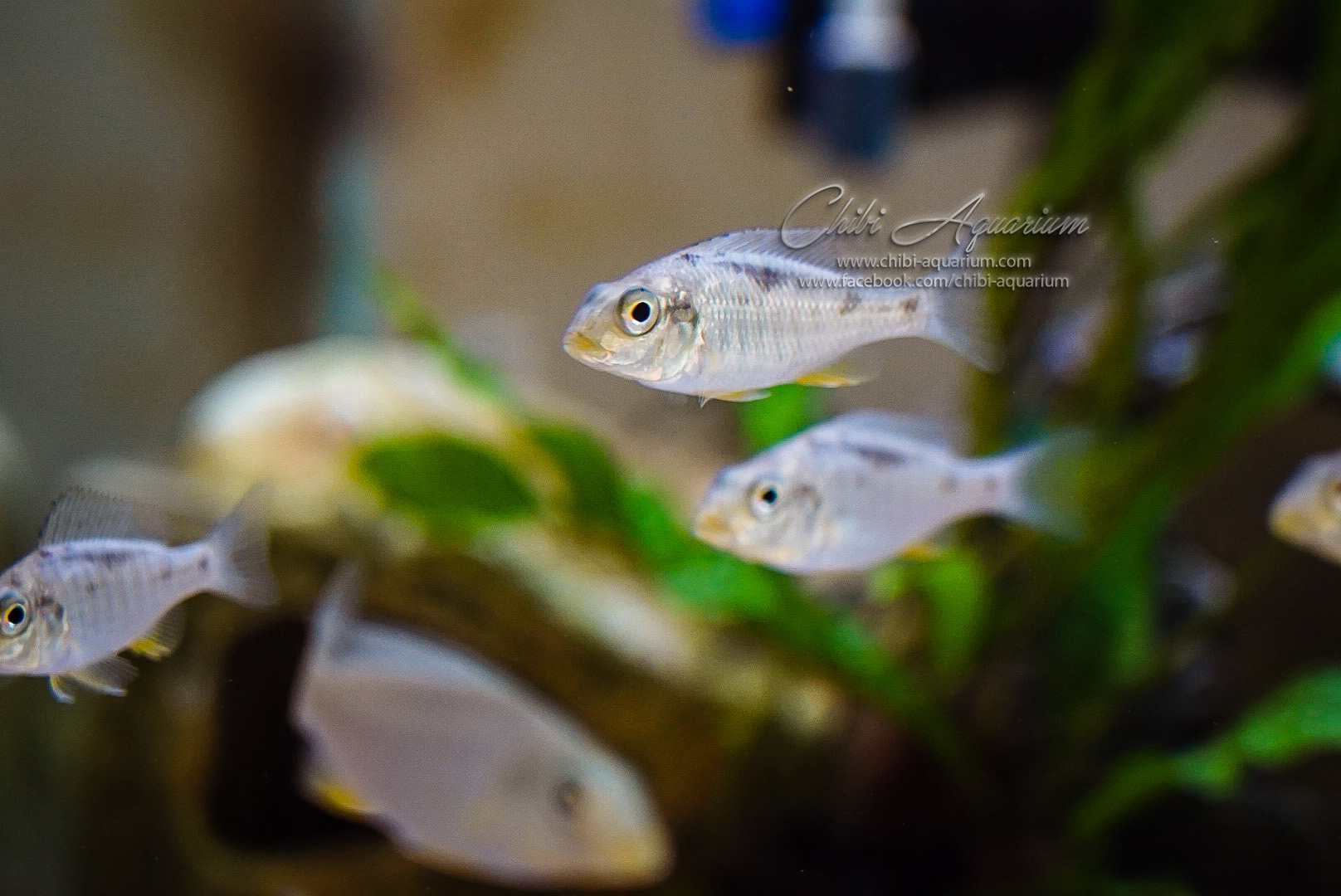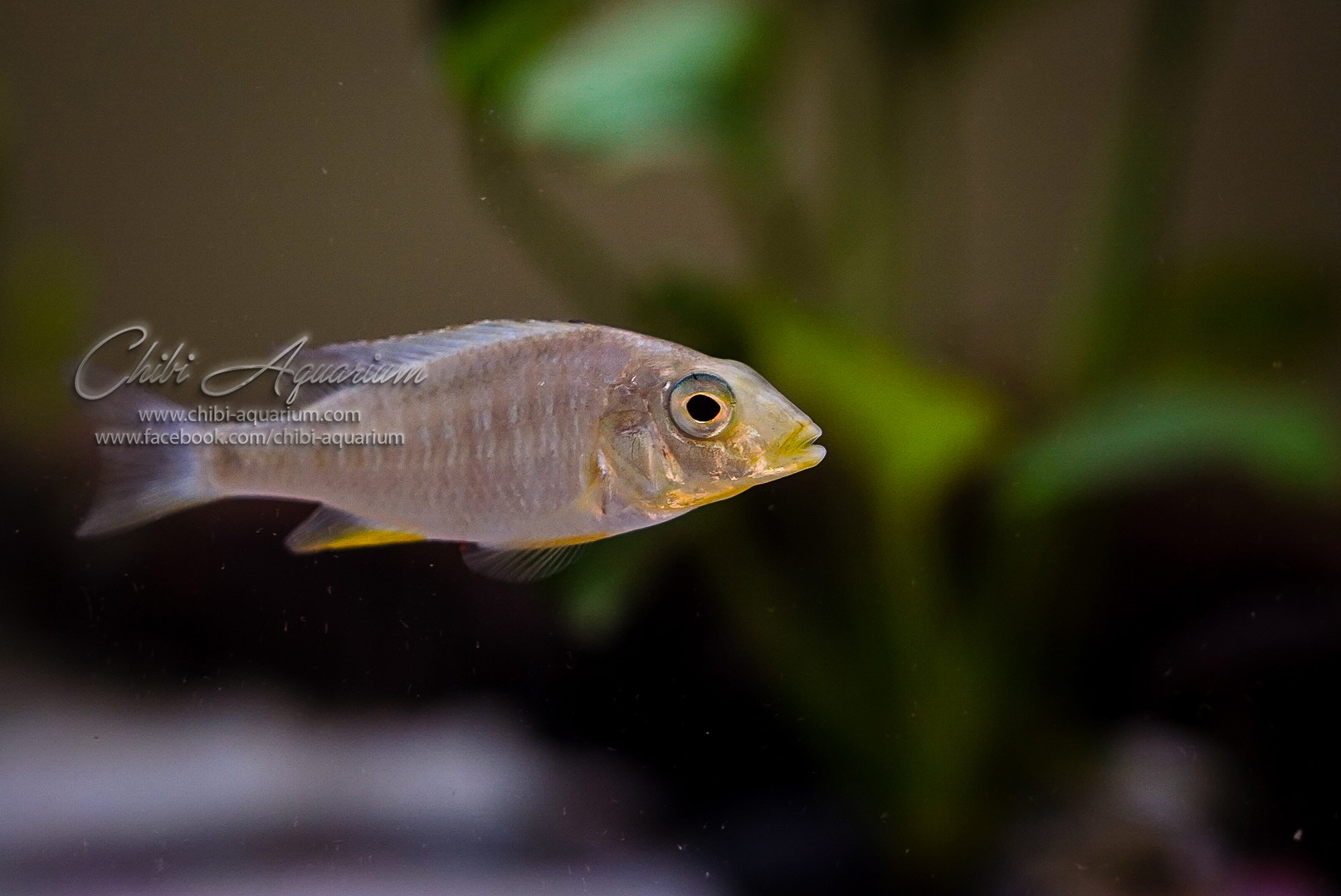Taeniolethrinops furcicauda, commonly known as the Forktail haplochromis, is a species of cichlid fish that is endemic to Lake Malawi in East Africa. This stunningly colored fish is a popular addition to home aquariums, known for its unique appearance and interesting behavior.
The Forktail haplochromis is a relatively small cichlid, growing up to 4 inches in length. They are characterized by their forked tail, which gives them their common name. Their body is a bright orange color, and they have horizontal stripes running across their body. In males, the fins are adorned with bright blue and yellow coloration, making them a striking addition to any aquarium.
In the wild, Forktail haplochromis feeds on small invertebrates, including insect larvae and zooplankton. In captivity, they can be fed a variety of high-quality fish food, supplemented with live or frozen foods such as brine shrimp or daphnia. A varied diet is important to ensure that they receive all the necessary nutrients.
Forktail haplochromis require a spacious aquarium with plenty of hiding spots and room to swim. They are generally peaceful but can become territorial during breeding season. A minimum tank size of 30 gallons is recommended for a group of Forktail haplochromis. They prefer a water temperature of 75-80°F and a pH of 7.8-8.6.
One of the most interesting aspects of Forktail haplochromis is their social behavior. They are a shoaling species, which means they prefer to be kept in groups of 6-8 individuals. Within their group, they will establish a dominance hierarchy, with one male being the dominant fish. Females will typically lay their eggs on a flat surface or a spawning mop, and the male will fertilize the eggs. The female will then guard the eggs and fry while the male patrols the perimeter of their territory.
Breeding Forktail haplochromis can be a challenging but rewarding experience for experienced aquarists. It is recommended to provide them with a spawning mop or a flat surface for breeding. Once the eggs are fertilized, the female will guard them while the male patrols the perimeter of their territory. The eggs usually hatch in about 3-4 days, and the fry can be fed on infusoria or commercially available fry food.
In conclusion, Forktail haplochromis is a beautiful and interesting fish that can be a great addition to a community aquarium. They require a spacious tank, good water quality, and a varied diet to thrive. Their social behavior and breeding habits make them a unique and rewarding species to care for. If you’re considering adding these stunning fish to your aquarium, be sure to research their care requirements and provide them with a suitable environment to thrive.
![]()






